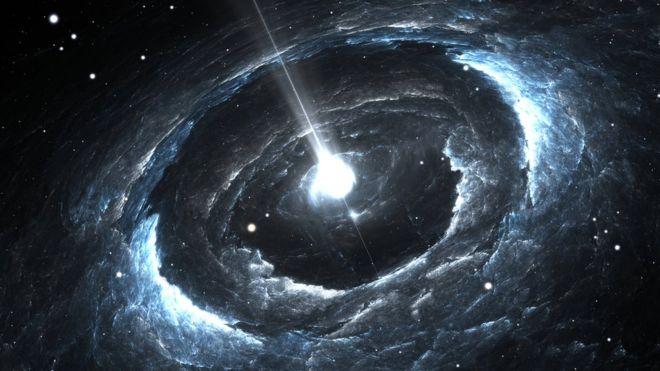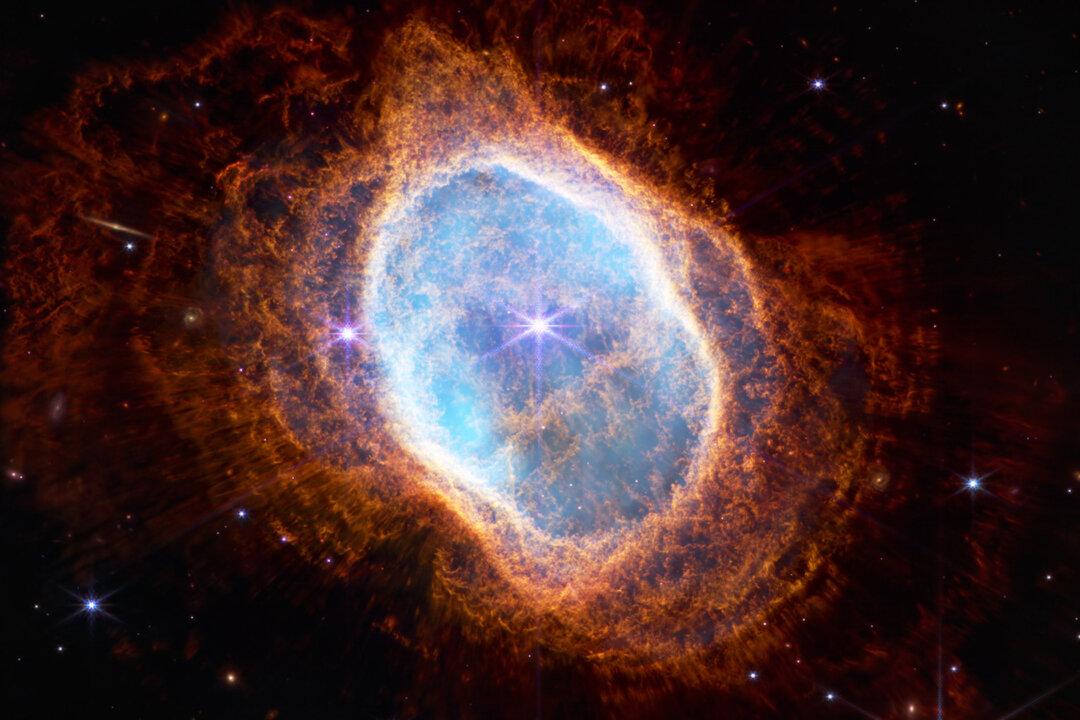“Truly the universe is full of ghosts, not sheeted churchyards specters, but the inextinguishable elements of individual life, which having once been, can never die, though they blend and change, and change again forever.” —H. Rider HaggardWhen we think about the universe, it simply seems vast with boundless space filled with large and minute particles unknown to human beings. Undoubtedly, there is a lot that we have come to understand about our planet, the universe, and also ourselves, but what if everything we know is only a fraction of the vastness that is the universe?
The study of “ghost particles,” or neutrinos, must make scientists feel the same way. We know everything and nothing at the same time. The ultimate paradox.






